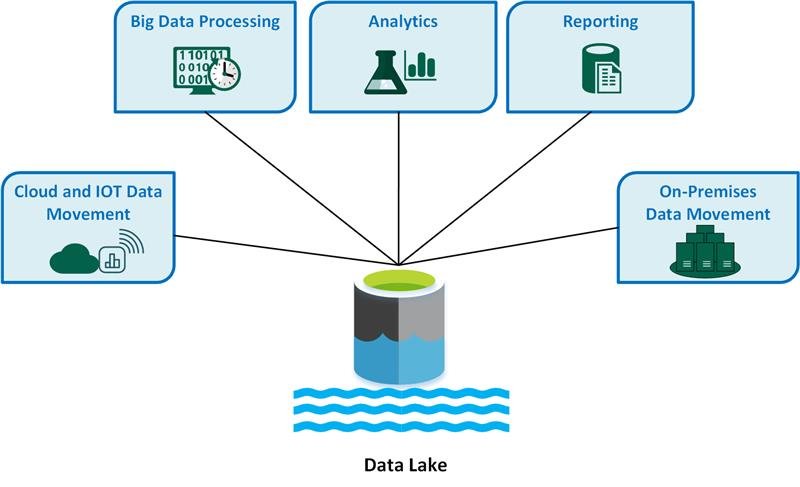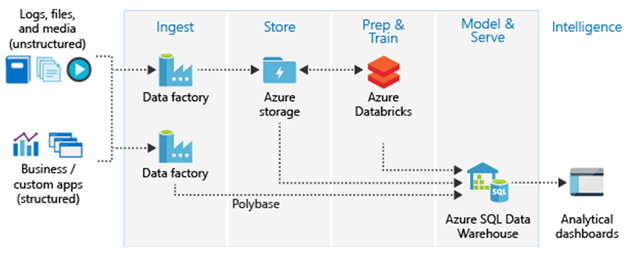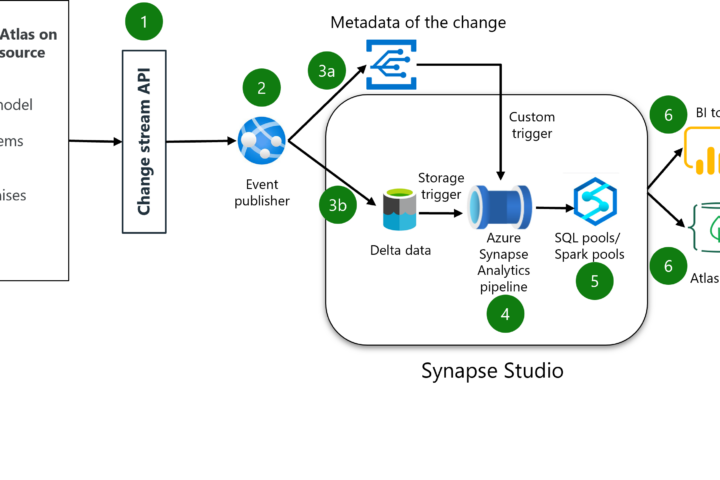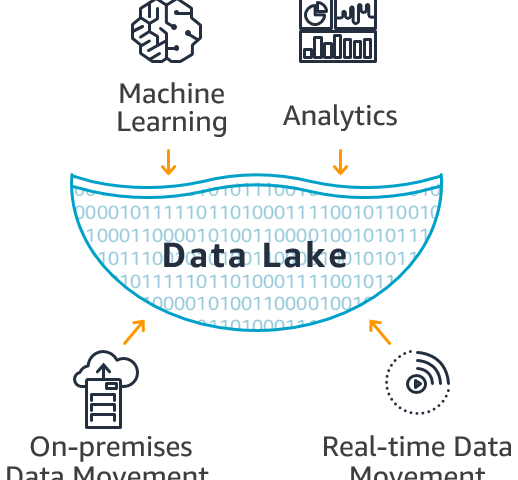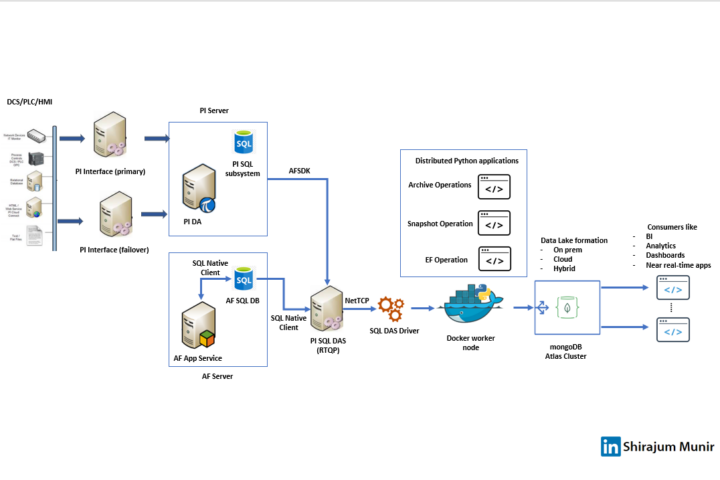From my past experience, I found that Implementing an enterprise data lake can be a challenging task due to a variety of reasons. And I’d love to share those with my peers. Let me know if you had the same experience! On part 1, we will focus on non-technical difficulties. Here are main 4 I can think of:
- Data Governance: One of the biggest challenges of implementing a data lake is ensuring proper data governance. This includes establishing policies and procedures for data management, data quality, and data security. Without proper governance, the data lake can quickly become a mess of inconsistent and unreliable data.
- Security: One of the main concerns with data lakes is the security of the data. It is important to ensure that data is protected from unauthorized access, both internally and externally.
- Managing the Cost: Implementing a data lake can be expensive and cost-intensive. It requires significant investment in hardware, software, and personnel.
- Lack of Skilled Resources: Implementing a data lake requires a variety of skills, including data engineering, data science, and data governance. These skills may be difficult to find and retain in the organization.
Overall, implementing an enterprise data lake requires significant planning, resources and skilled personnel. It’s important to have a clear understanding of the organization’s data and business needs, as well as a well-defined data governance and management plan. With the right approach and resources, an enterprise data lake can provide significant value to the organization by making data more accessible, manageable, and usable.
